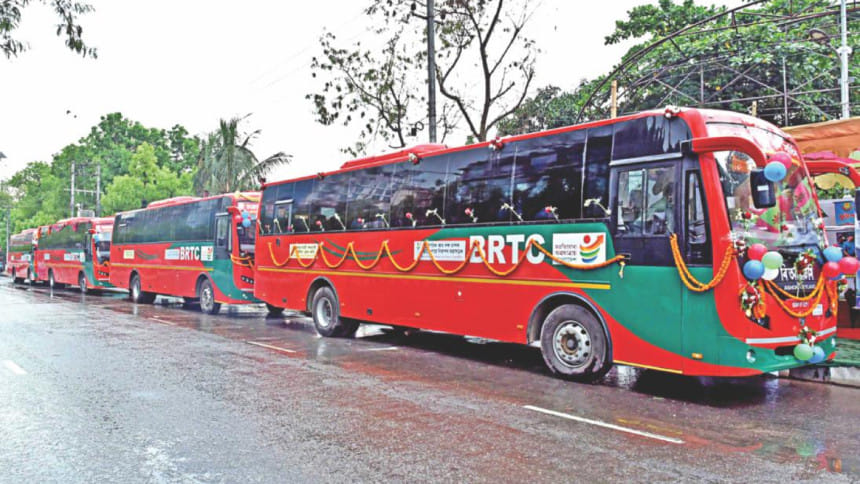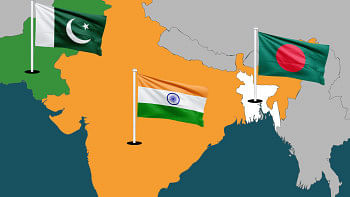Stalling of circular bus services

Although the lockdown on transport was lifted in May, the circular bus services introduced by Bangladesh Road Transport Corporation (BRTC) on two routes in Dhaka still remain suspended. BRTC had launched the circular bus services—Dhanmondi-Azimpur and Uttara-Airport Sector 12—last year in order to reduce gridlocks, ensure smooth vehicular movement and bring discipline to the capital's transport system. Within a week of its launch, however, the Uttara short circular route was suspended, while the Dhanmondi-Azimpur route remained suspended since the government enforced a nationwide lockdown on March 26. However, BRTC is still operating the Uttara-Gulshan circular route on a limited scale due to low turnout of passengers. BRTC intends to resume operations on the Uttara-Sonargaon Janapath and Airport sector-12 route once educational institutions reopen.
Officials say these routes are no longer financially viable. Experts, however, highlight that the pandemic isn't the only thing to blame for the stalling of services. When the routes were introduced, no proper in-depth study was conducted to assess the viability of the projects. Moreover, no steps were taken to rid the roads of alternative transportation such as rickshaws and to divert buses of other routes, resulting in redundancy of the buses. As such, the state-owned bus service is now making profit at a bare minimum. How could the authorities have taken such a huge decision without analysing the situation thoroughly? The buses that are now collecting dust exemplify a waste of taxpayer's money.
The circular bus services need to be properly utilised for their intended purpose. BRTC can operate on a partial scale on the suspended routes. The privately-run Gulshan and Hatirjheel circular bus service, which has proven beneficial as no rickshaws or buses of different routes ply through that road, can serve as an example.
Moving forward, there needs to be accountability of how resources are allocated and projects implemented. We hope this will serve as a lesson for our authorities about doing their homework first before taking such leaps.

 For all latest news, follow The Daily Star's Google News channel.
For all latest news, follow The Daily Star's Google News channel. 



Comments